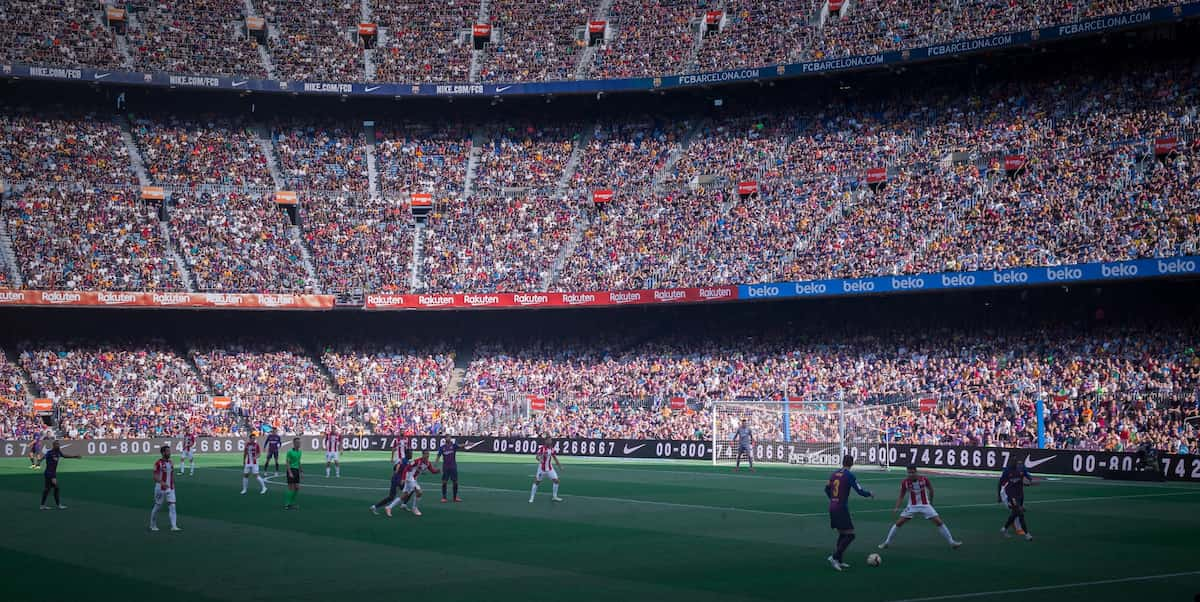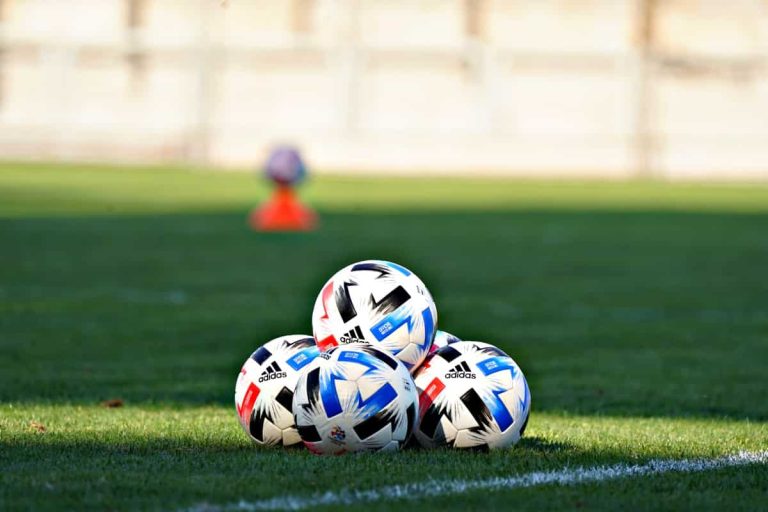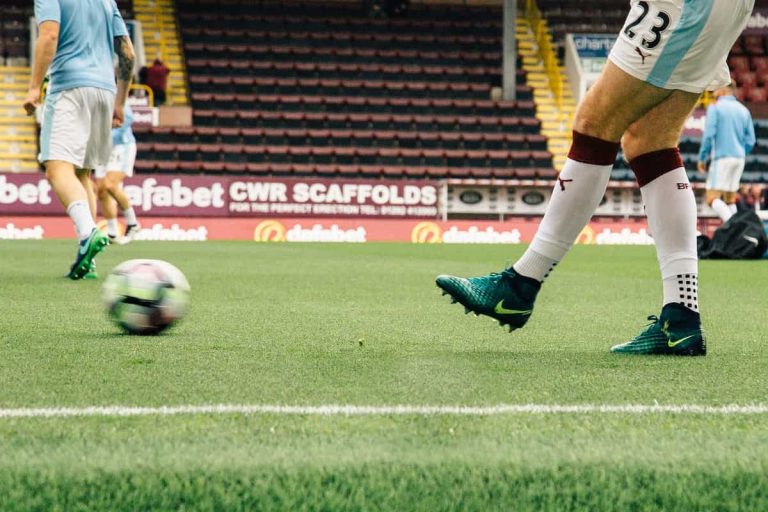What Is an Overload in Football?

Table of Contents
What Is an Overload in Football?
An overload in football simply refers to having more players than the opposition team in a certain area of the pitch. Football teams will use this strategy to have a numerical advantage over their opponents in order to progress the ball into higher areas of the pitch.
Learn how to analyse a football match.
What Is an Attacking Overload in Football?
An attacking overload in football is a strategy adopted by teams to gain numerical advantages over the opposition in areas high up the football pitch. This often involves overlapping players, for example a fullback overlapping a wide player in order to put in a cross close to the byline.
In this example, there might be a wide player facing an opposition fullback in a 1v1 duel. Although the attacking player might have the skill set to be able to take on the fullback themselves, it can be made a lot easier if one of their teammates makes an overlapping run past the fullback. This then requires a simple pass to move the ball past the defender.
Attacking overloads usually take place in the opposition’s penalty box or out wide on the flanks. Usually it’s an attacking central midfielder or a fullback who makes the overlapping runs in these scenarios.
What Is a Defensive Overload in Football?
Defensive overloads are when defending teams move players into certain areas of the pitch to gain a numerical advantage over their opponents. This helps them shut down attacks out of possession and allows them to start their build up phase in possession.
When starting the build up phase, goalkeepers have become a lot more important. If a team has a goalkeeper who is competent with the ball at their feet, they can help to create overloads. They’ll become an option for the central defenders to pass to in order to play the ball around the opposition’s pressing forwards.
Managers like Pep Guardiola and Graham Potter like to have goalkeepers who feel comfortable with the ball at their feet for this reason. It’s no coincidence that these managers have signed goalkeepers like Ederson and Robert Sanchez to play this role.
Overloading to Isolate
A tactic often used by top managers is ‘Overloading to Isolate’. This tactic involves overloading one side of the pitch with players in a hope that the opposition team will squeeze all their players over to that side to deal with the overloads.
When this happens, space will open up on the opposite side of the pitch, meaning that an attacking player, usually a forward or fullback, will now be isolated. A quick switch of play will put them in a dangerous position high up the pitch.
A team like Carlo Ancelotti’s Real Madrid use this tactic very well, especially when they have wide players like Vinícius Júnior at their disposal. If they’re able to get the ball over to him in the wide left area with lots of space in front of him to run into, he can create really dangerous opportunities for Madrid. This would be an example of a team playing to their strengths, as Vini Jr is Real Madrid’s most dangerous player at the moment.
Overloading to isolate is also a fantastic tactic to use if you’ve identified that the opposition’s fullbacks are one of their main weaknesses. This allows you to isolate that player, and if done correctly, you’ll be able to create some great goalscoring opportunities from this tactic.
Are Overloads in Football a Certain Number?
No, an overload in football can be any numerical advantage.
You’ll see areas of the pitch where there are 2v1 overloads, such as the wide edges of the penalty box, as well as 3v2 overloads and 4v3 overloads elsewhere on the pitch. The higher number overloads might take place more towards the centre of the pitch, where more players naturally operate.
4v3 overloads are commonly found when a team is in the build-up phase, as a defensive back four usually has three forwards pressing them to get the ball back. Add a ball-playing goalkeeper to the mix and you have a 5v3 overload.
Where Can Overloads in Football Take Place?
Overloads can take place in any area of the football pitch. Most common overloading methods involve a full back overlapping a wide player high up the pitch. Overloads are also common during the build-up phase of play, where a team out of possession presses the opposition’s defence to try and win the ball back.
Defensive Tactics to Deal With Overloads
So is it possible to defend an overload in football? There are a few useful methods teams can adopt in order to deal with overloads in matches. These include slowing down the speed of the attack, defending the space behind the backline, and forcing opponents into less threatening areas.
Slowing Down the Speed of the Attack
The main effective way of dealing with overloads is to slow down the speed of the attack. This requires defenders to be clever with the way they press the oncoming overload.
If a defender commits themselves and fails to win the ball back, the overload will be successful, and the ball will progress quickly up the field. This will most likely happen while the defending team is in a bad shape.
Instead, a defender needs to concentrate on defending the space instead of the man and should try not to get too close to the oncoming attacker. This will make it harder for the attacking side and will subsequently slow them down. This gives the defending side some crucial seconds to try and get back into shape.
Defend the Space Behind the Backline
If an overload results in a team having time and space to progress the ball up the pitch, defenders can prioritise defending the space in behind their backline. This is a tactic that might assume that the attacking team will be able to push really high up the pitch into a goalscoring area.
By protecting the defensive line and central areas, the defending team are giving themselves a chance to stop the ball going in their goal later on in the attack. Getting as many players behind the ball is the main aim here.
Force the Opponent Into Less Threatening Areas
Another way to deal with overloads in football is forcing opponent’s into less threatening areas on the pitch. This, like slowing down the speed of an attack, requires clever pressing from the defending side.
Players should focus on not committing themselves to a challenge and instead use their pressing movement to force the attacking player into a less threatening area. This might involve forcing them as close to the touchline as possible or back up the field, forcing them to make a backwards pass in the process.
If done correctly, these actions will give the defending side time to regroup and get more players back into their out of possession shape.






